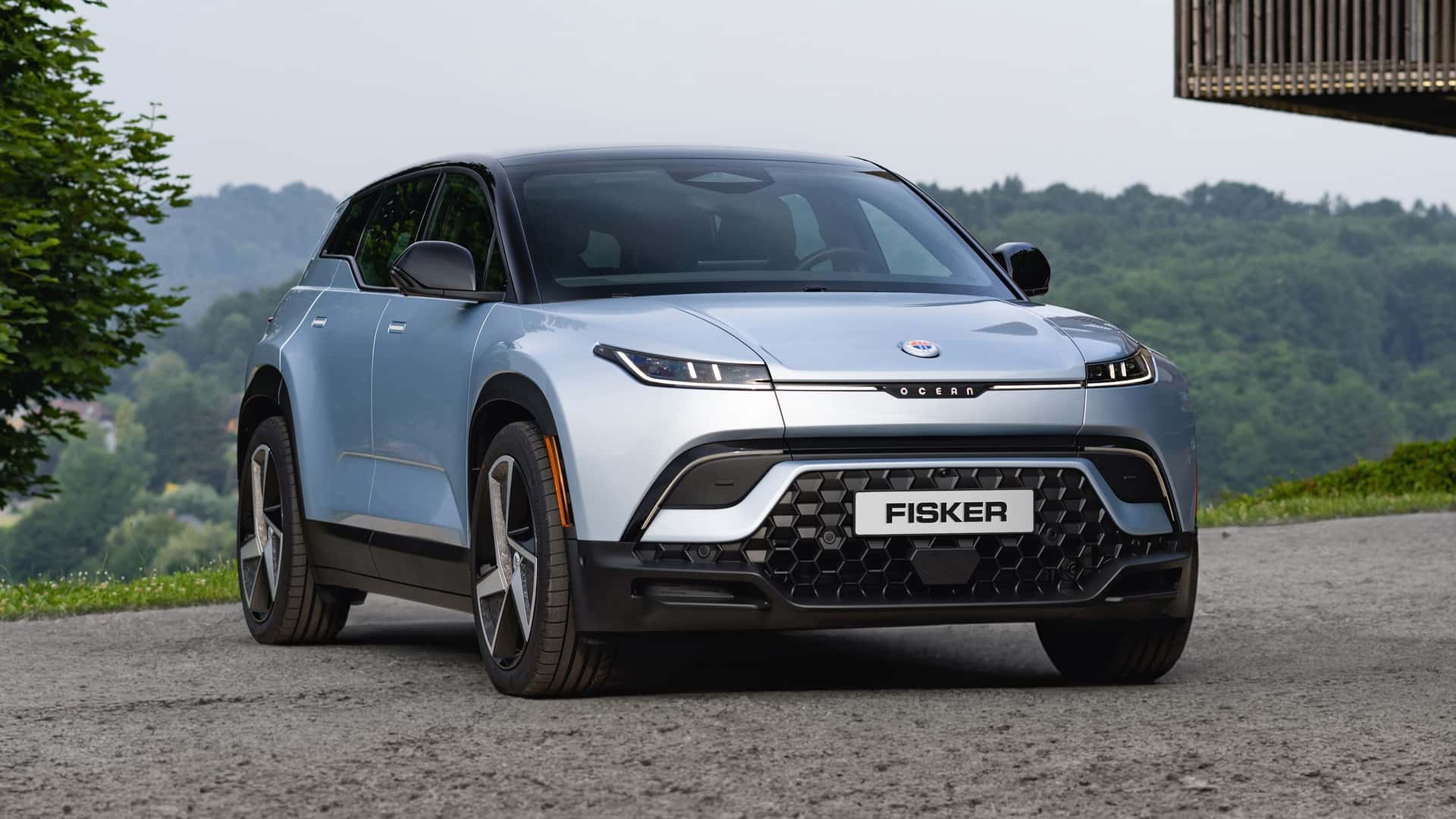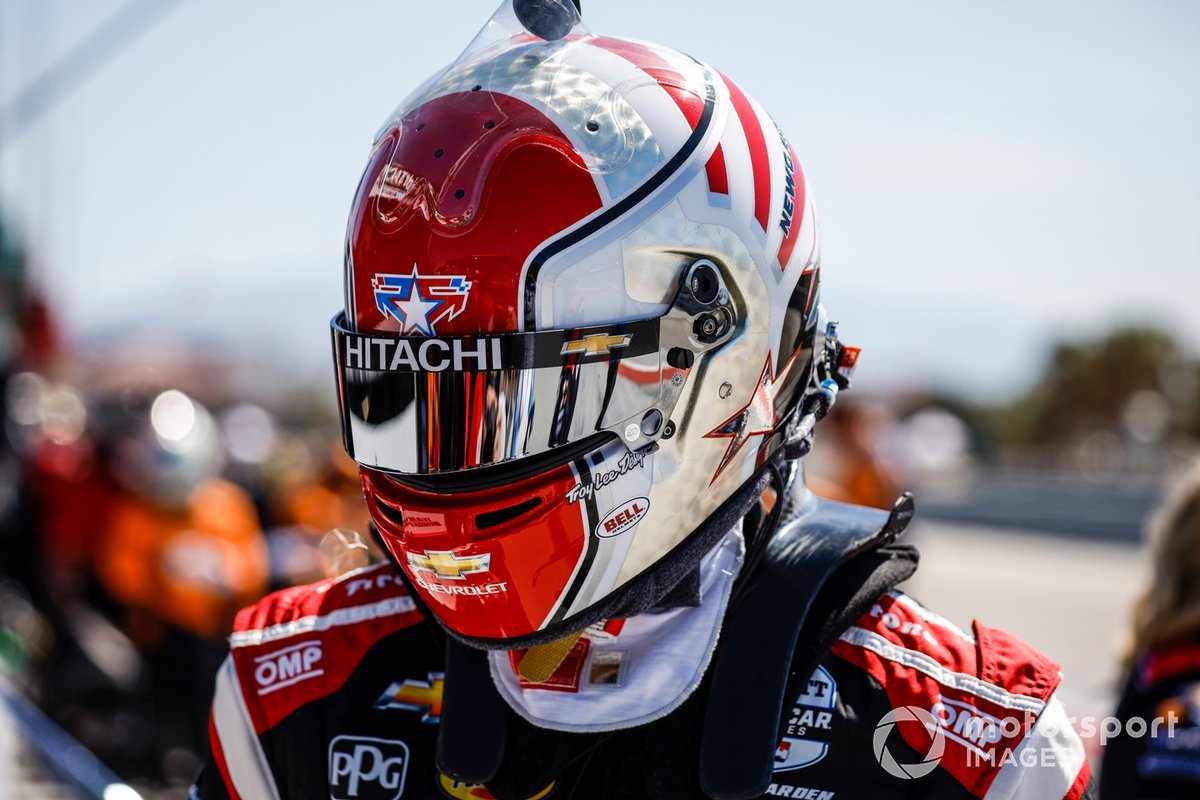
THE FISKER OCEAN IS NOW $24,999. THAT DOESN’T MEAN YOU SHOULD BUY ONE
Given the possibility of a Fisker bankruptcy, the Ocean could soon become a software and service nightmare over time.
The Fisker Ocean just became the cheapest new electric vehicle in America, starting at a mere $24,999 after some drastic price cuts. That’s not a whole lot for a stylish SUV with solid range and some quirky features. But you should think twice before participating in the embattled EV startup’s fire sale.
Now facing the very real possibility of bankruptcy, Fisker is trying desperately to bring in cash by selling off as much inventory as it can. No matter how attractive the pricing looks right now, you probably don’t want to get stuck with an Ocean if Fisker goes under, EV experts said.
A bankruptcy would all but guarantee a scarcity of replacement parts for Oceans, industry experts told InsideEVs. It would likely wipe out the Los Angeles-based upstart’s fledgling capacity to provide repairs. Perhaps most critically, no more Fisker would mean no more updates to the Ocean’s notoriously buggy and half-baked software. What you buy is what you’ll be stuck with for the long haul.
“Unless you’ve got $25,000 to set on fire, and you’ve got multiple other vehicles that you can utilize, I certainly would not spend the money on it right now,” said Sam Abuelsamid, principal mobility research analyst at Guidehouse Insights.
InsideEVs reached out to Fisker for comment but haven’t heard back.
Fisker on the brink
The price cuts Fisker announced on Wednesday are strikingly deep. The entry-level Ocean Sport is down to the aforementioned $24,999 from $38,999. That makes the much-hyped SUV cheaper to buy than a Nissan Leaf, the prior price leader and one of the oldest EVs on the market. (That is, if you can actually find a Sport for sale, which our sister site Motor1 reports may be easier said than done.)
Fisker has slashed the price of its top-tier Extreme model by $24,000, from $61,499 to $37,499.
Do you have thoughts to share about Fisker?
The price cuts kick in on Friday as Fisker is fighting for its very survival. In early March, the company said it would likely run out of money within a year without a cash infusion. Then, talks with a potential automaker partner—reportedly Nissan—fell through. That could put a recently announced $150 million debt raise in jeopardy. This week, Fisker was delisted from the New York Stock Exchange after its share price fell below $1 for too long. Meanwhile, the company has halted production of the Ocean—its debut vehicle—and laid off 15% of its staff to preserve its remaining cash. Fisker started delivering Oceans to customers last summer.
All that explains why Fisker has moved Oceans to the clearance section. And why buying one is a big gamble.
“I would caution buying a car with no parts or tech support options, and unresolved design issues like firmware not yet perfected,” Pete Gruber, who runs a repair shop specializing in the discontinued Tesla Roadster, said in an email.
Parts and Service
Ocean owners have already suffered long waits for replacement parts like bumpers. If Magna, the manufacturer Fisker contracted to make the Ocean, stops production for good, then accessing basics like new body panels, door handles or A/C vents would become even more challenging. There’s a chance Magna could continue to make major components like motors available even if Fisker is no more, Abuelsamid said.
Sourcing parts is just one piece of the puzzle, said Chris Salvo, CEO of Electrified Garage, an independent EV repair shop. Servicing Oceans would be challenging without support from the Fisker mothership.
Repair manuals are not available, which is a “major limitation,” he said. And any computerized replacement component would need to be programmed to communicate with the rest of the car, which can’t be done by just anybody. A third-party company could create a tool for diagnosing Ocean problems and reprogramming things, but Salvo doubts there are enough Oceans out there to justify the investment. (Fisker has sold around 6,000 Oceans and has roughly 4,700 in inventory.)
“So even if you can physically get the parts, you can physically change the parts yourself, what do you do after that?,” he said. “You’re kind of stuck in the water.”
He said he’s gotten calls from around a dozen Ocean owners and potential buyers in recent days asking whether his shop could provide service if Fisker shuts down. He told InsideEVs that he doesn’t envision getting involved in Fisker service and that he doesn’t recommend people buy Oceans right now.
“Regardless of the price, I wouldn't go anywhere near one of these vehicles,” Salvo said.
Gruber, the Tesla specialist, said his firm has had to invest heavily in developing the equipment and diagnostic tools needed for Roadster repairs. That has paid off, he said, because as Tesla’s first model, the Roadster is a valuable collectible that owners are willing to go to great lengths to get fixed. He said he doubts the same will be true of the Ocean, and that repair shops may not be willing to make similar investments to service it.
It would be one thing if the Ocean was problem-free. But that’s not the case. Some owners have experienced total loss of power while driving, while others have had their A/C vents stop working. (Fisker told TechCrunch that loss-of-power incidents are rare and have largely been fixed by software updates.)
Unfinished Software Could Stay That Way
Finding parts and getting repairs done on any car from a defunct manufacturer can be a headache. What makes owning an Ocean potentially more fraught than buying a Saab, DeLorean or Fisker Karma (the hybrid made by Henrik Fisker’s first car company about a decade ago), is software.
Modern vehicles rely more on software to function than ever before. And although many automakers are struggling to digitize their cars, software has been a particular sore spot for Fisker.
While many Ocean owners love their cars, some early customers have experienced software issues ranging from minor glitches to more serious deficiencies. Fisker has worked to address issues through over-the-air updates (OTAs), but those would cease if the company went out of business.
“This is the downside of the software-defined vehicle,” said Abuelsamid. “If [the software] is not 100% right from the time the car is delivered, and there’s nobody to support it, then you’re going to be stuck with something that may or may not work.”
A December over-the-air update aimed to fix the Ocean’s regenerative braking, which drivers said would cut out when going over bumps, sending the vehicle jerking forward. (This is the subject of a federal safety probe.) A more recent software update aimed to improve the Ocean’s key fob, which frequently failed to unlock the car.
Customers will lose out on more than just bug fixes if Fisker disappears. The company hasn’t finished adding the features it promised would arrive over time via software updates.
For example, a January OTA update delivered a trip computer. A February update improved the vehicle’s auto-hold function on hills. (Owners had complained that the Ocean would roll backward unexpectedly with the previous setup.) Fisker says a future software release will provide adaptive cruise control, a fairly commonplace feature in today’s cars that automatically brakes and accelerates during highway driving. That will also add one-pedal driving, a common capability in EVs that brings a vehicle to a stop when the driver lifts off the accelerator.
But Ocean buyers can look forward to none of that if Fisker goes out of business. So, the Ocean is cheap, yes, but that doesn’t necessarily make it a bargain. However, if Fisker finds a lifeboat and transforms into a sustainable business, $25,000 or $35,000 for an Ocean may wind up being the deal of the century.
Contact the author: [email protected]
More FIsker News
- Tesla No Longer Accepts Fisker Ocean Trade-Ins
- 2023 Fisker Ocean Now Priced From $24,999
- Fisker On The Brink As NYSE De-Lists Stock Over 'Abnormally Low' Price
- Fisker Won't Get Reported Rescue Partnership With Nissan
- Fisker Ocean Slammed By Consumer Reports For Being An 'Unfinished' Product
- Fisker Is Preparing For Possible Bankruptcy: WSJ










